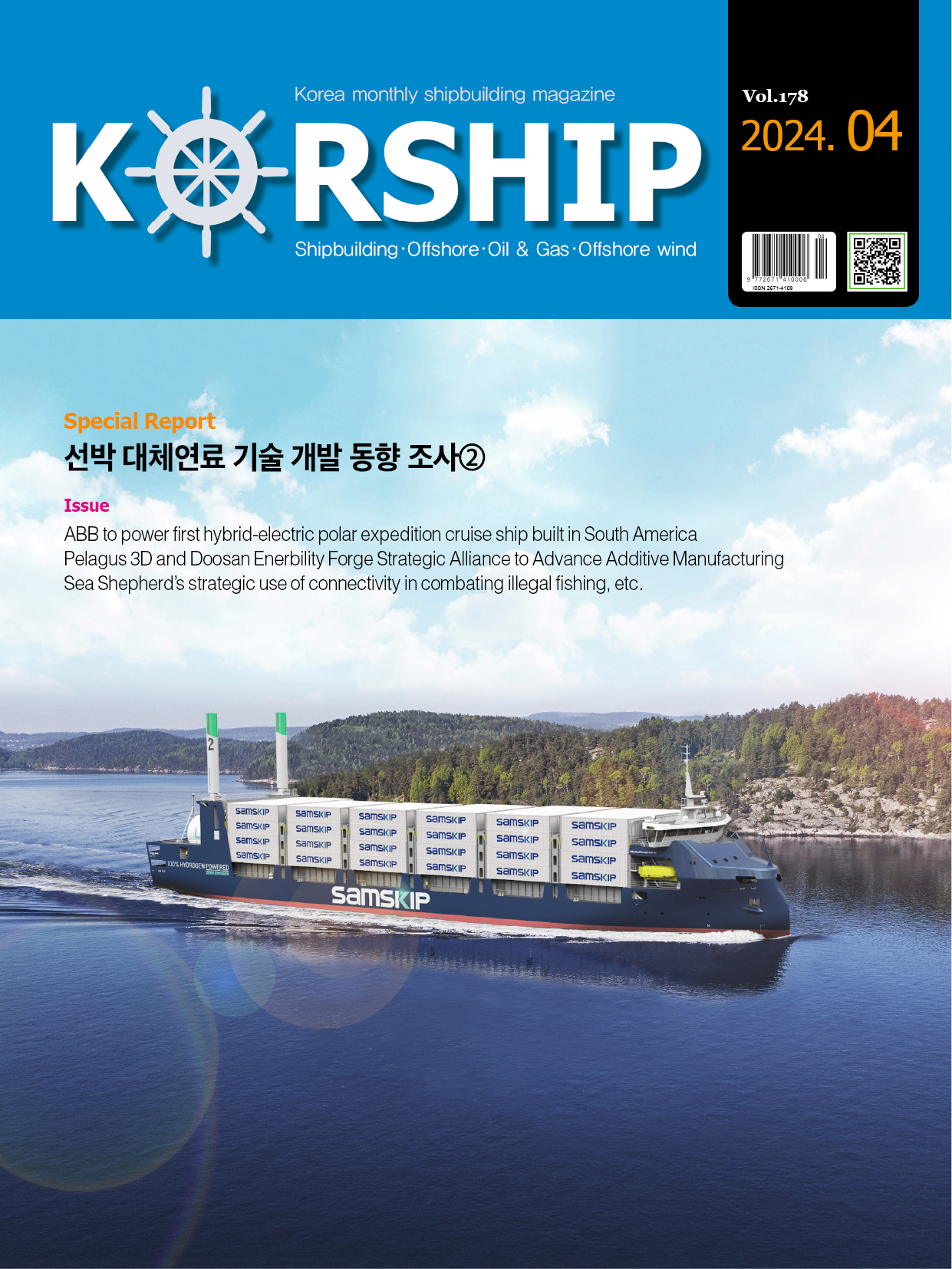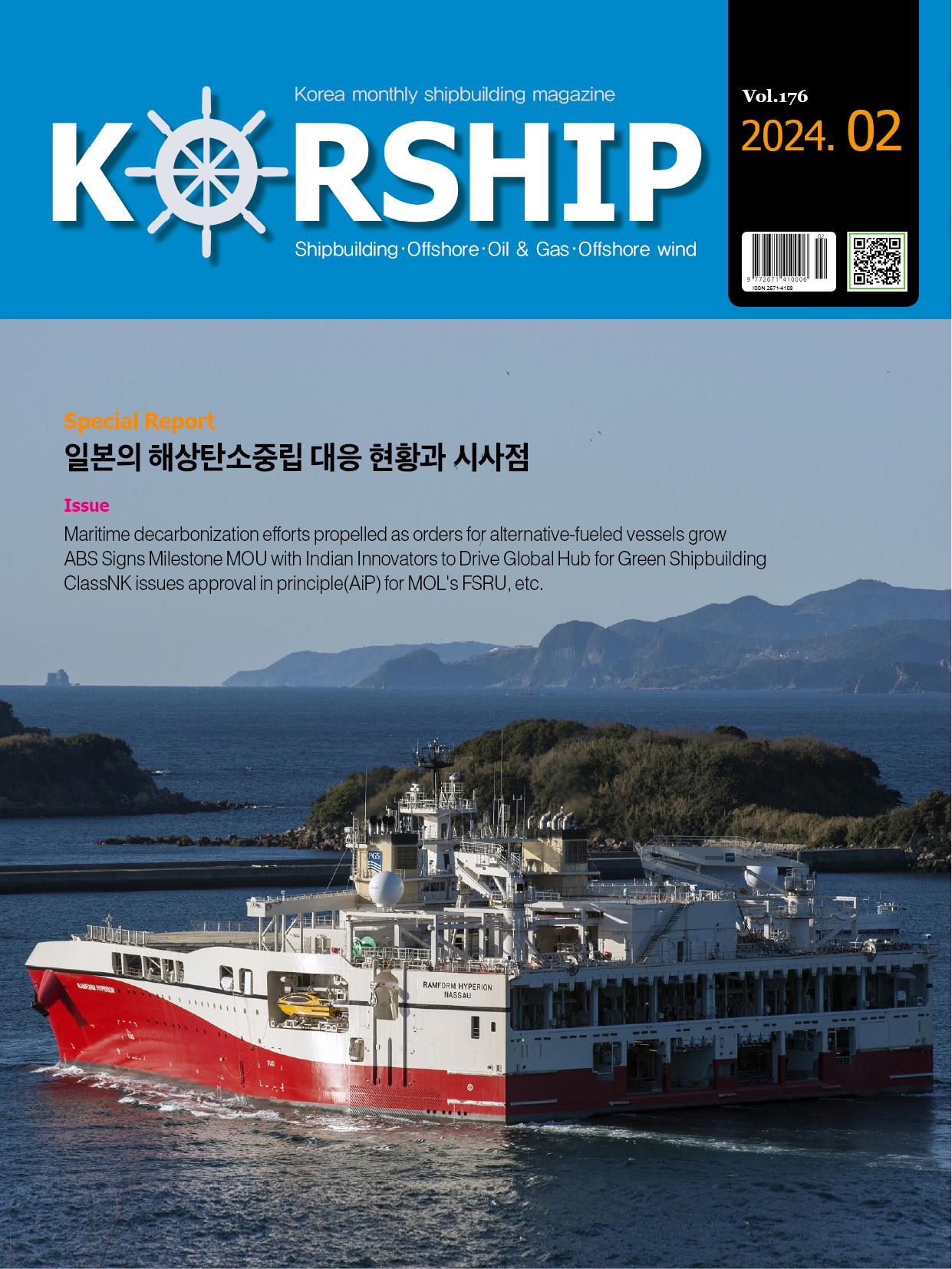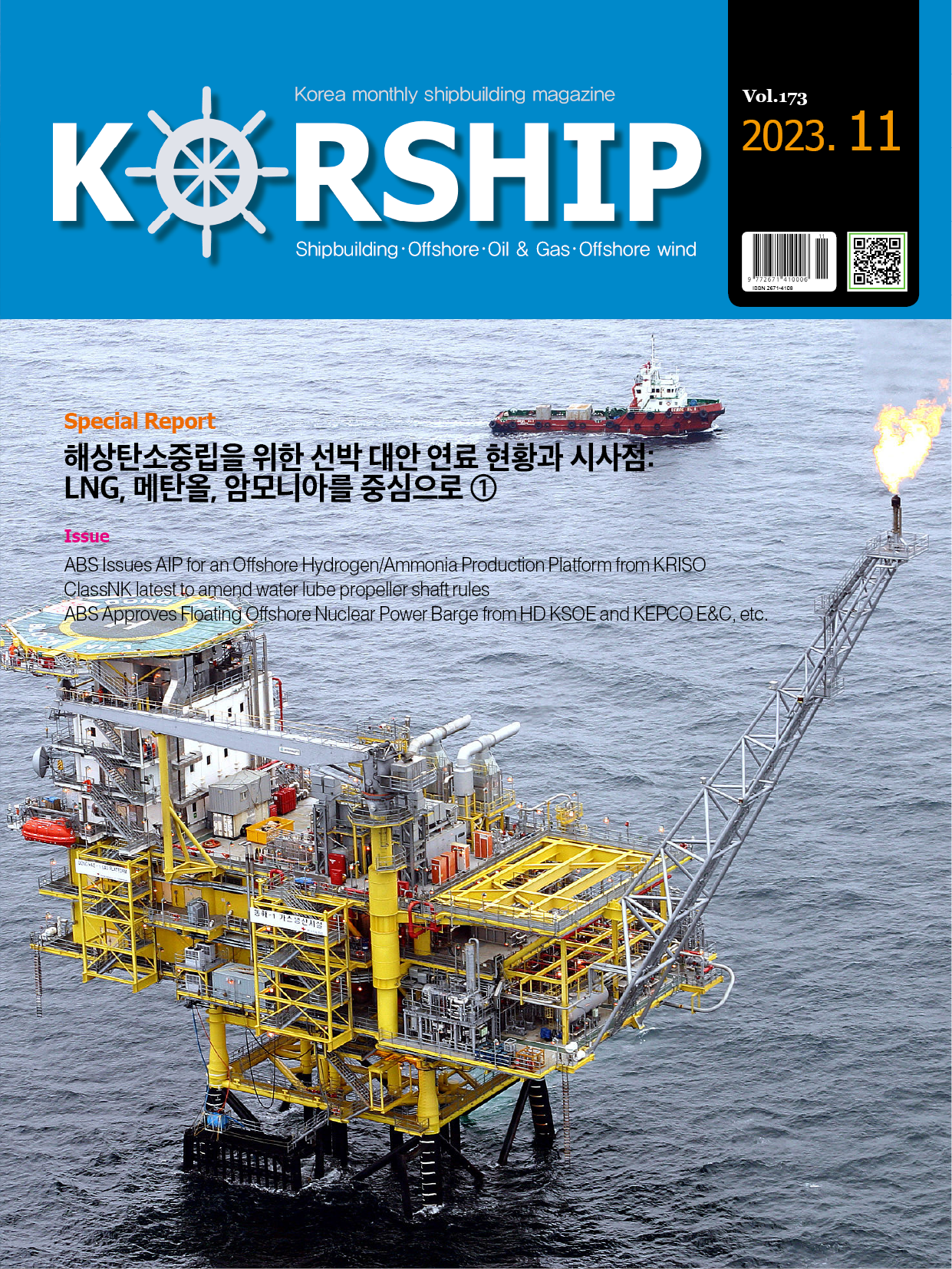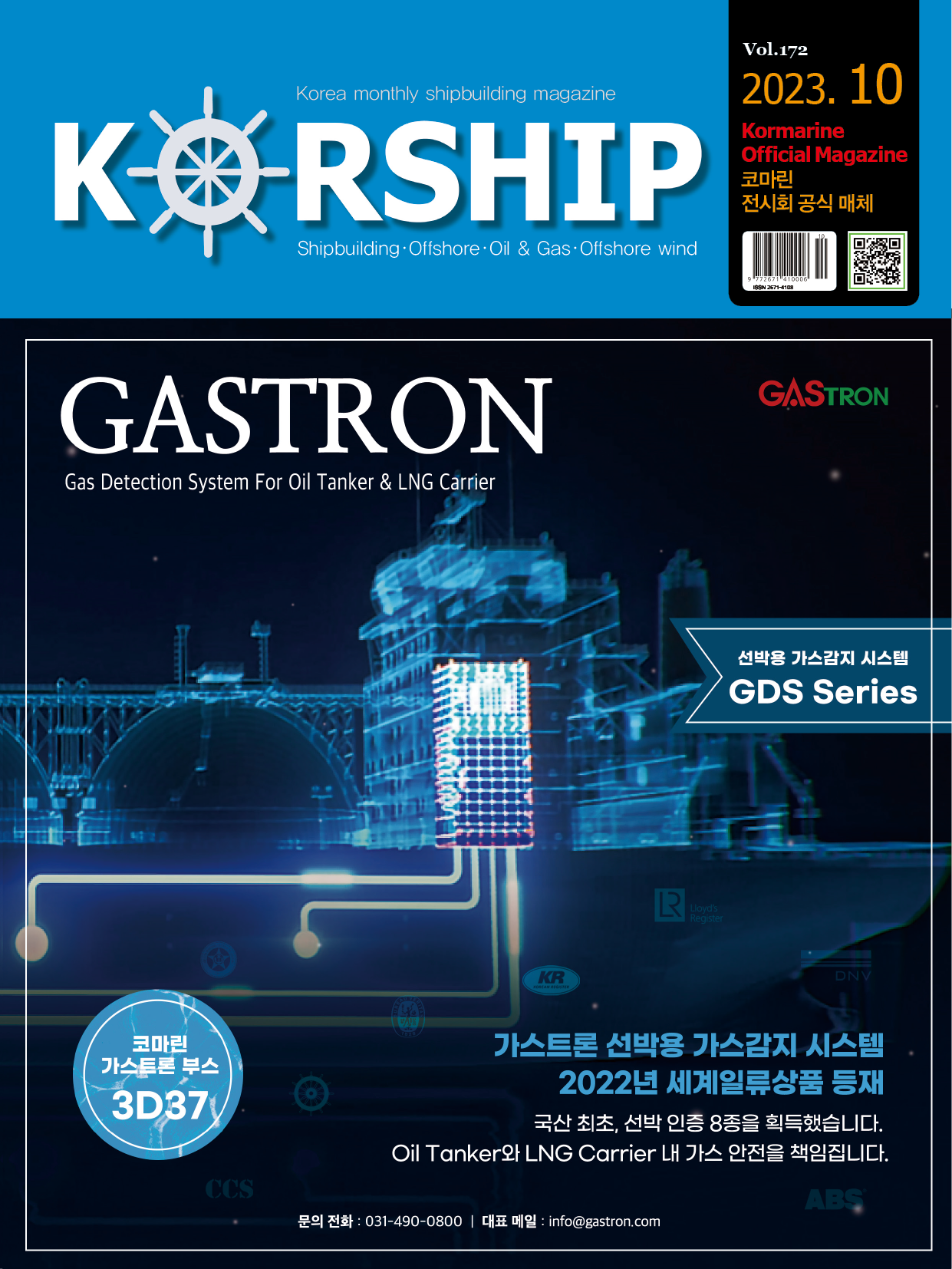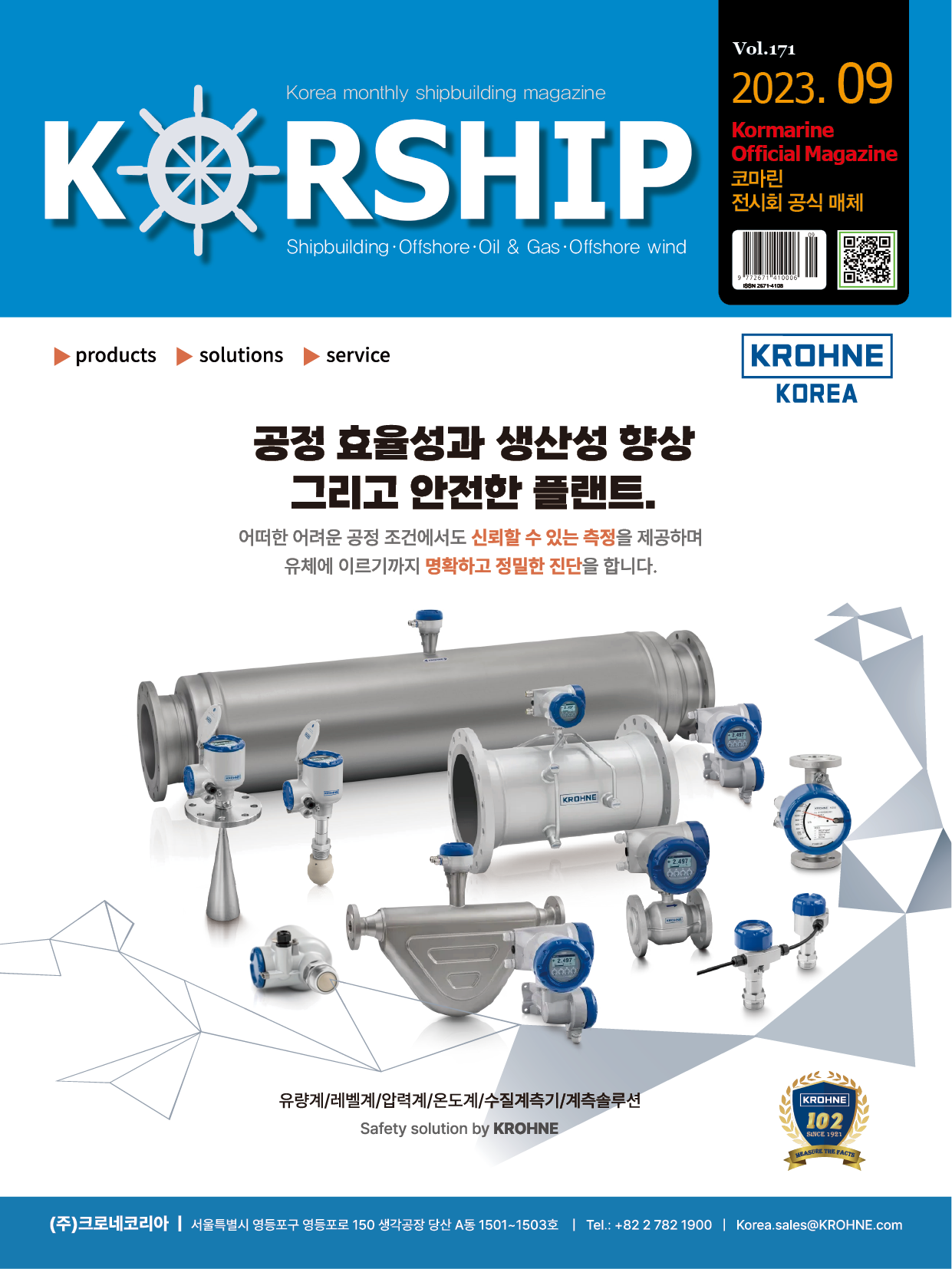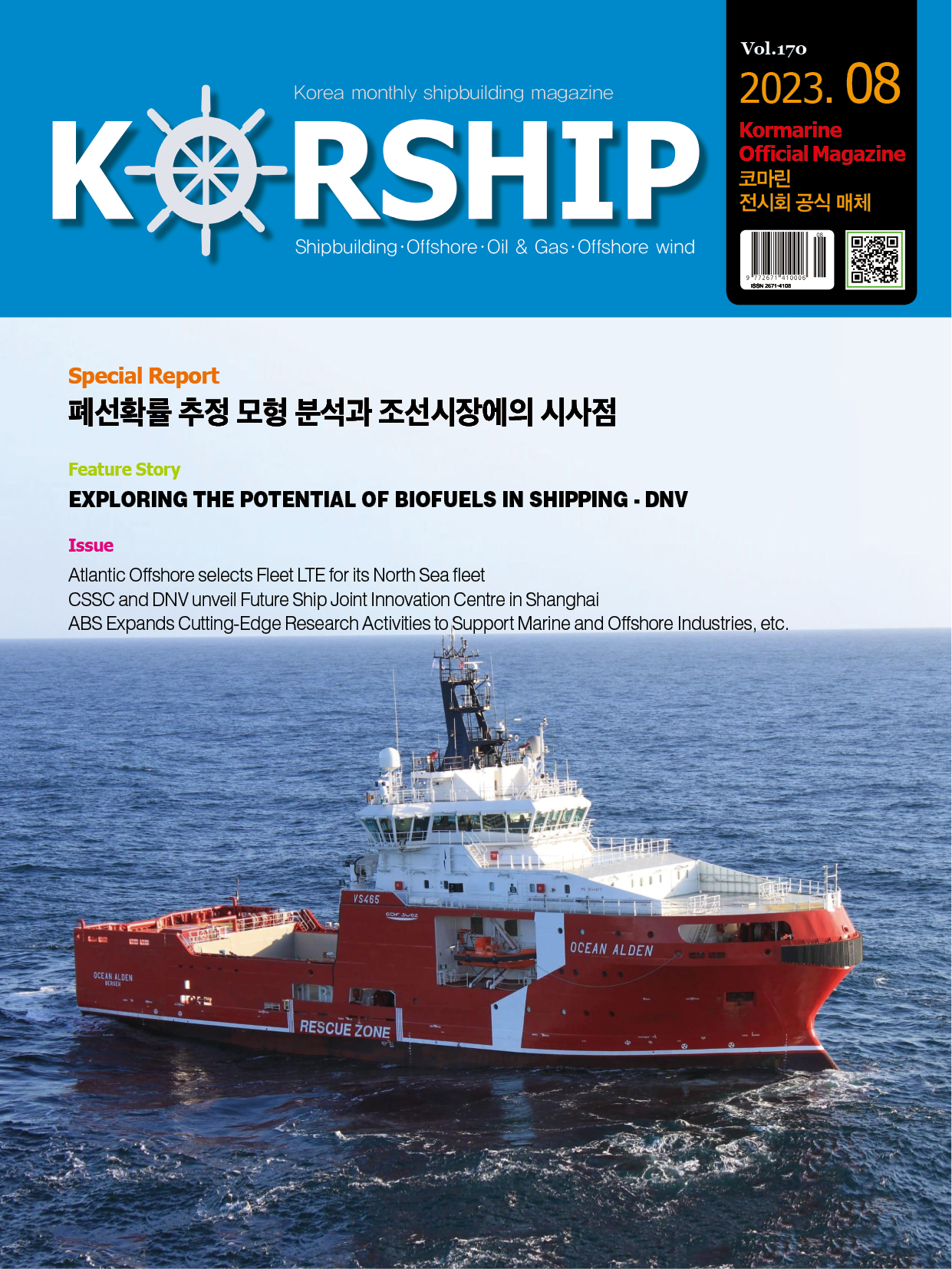Business News Live CO2 fire testing safety benefits verified. REVISED
페이지 정보
작성자 최고관리자 댓글 0건 조회 234회 작성일 23-12-14 18:21본문
Global Survival Technology solutions provider Survitec released today the results of pioneering tests conducted on high-pressure CO2 fire extinguishing systems aboard three Floating Production Storage and Offloading(FPSO) vessels.
The full-release tests, believed to be the first to be conducted on vessels of this type and of such protected volume, confirmed the value to shipyards and ship operators of live testing to verify on-paper or on-screen predictions of fire system performance.
The tests were conducted as per NFPA’s(National Fire Protection Agency’s) NFPA12 Standard on Carbon Dioxide Extinguishing Systems, published in 2011, allowing a calculation-based prediction of system performance. This was upgraded by NFPA in 2018 to a much stronger standard and regulations advocating live, full discharge testing of all cylinders along with the constant monitoring of CO2 and oxygen concentrations over a 20-minute period in all protected spaces.
Survitec has designed and released a new set of test protocols(HPCO2) around the most recent annexes to the NFPA12 standard, with these initial tests on the three FPSOs conducted in a variety of scenarios and vessel operations from moored in the oil field to within the shipyard delivering the conversion.
Survitec saw this most clearly in the switchboard room test aboard the first FPSO to be tested, where the space was gas-tight due to the unrelated system requirements for the air conditioning system.
During the live test, the rapid pressure increases in the space found the weakest point, which in this case was the door, causing damage. This damage reduced the gas integrity of the space, allowing CO2 gas to escape, leading to test failure.
On the second FPSO, another key finding was that a machinery space or compartment cannot always be assumed to be airtight. In one test, the gas collecting inside the space started to escape through leaks, leading to a drop in concentration and test failure.
There is, of course, an expense associated with full-release testing as the CO2 cylinders are completely exhausted in the test and require replacement to recharge the system. Additionally, CO2 is not a human-friendly gas, so if the vessel is in operation, all personnel or crew need to be relocated to a safe space. But as Sadzynski acknowledged, the consequence of operating a system that fails to perform in a real-world scenario could be catastrophic.

